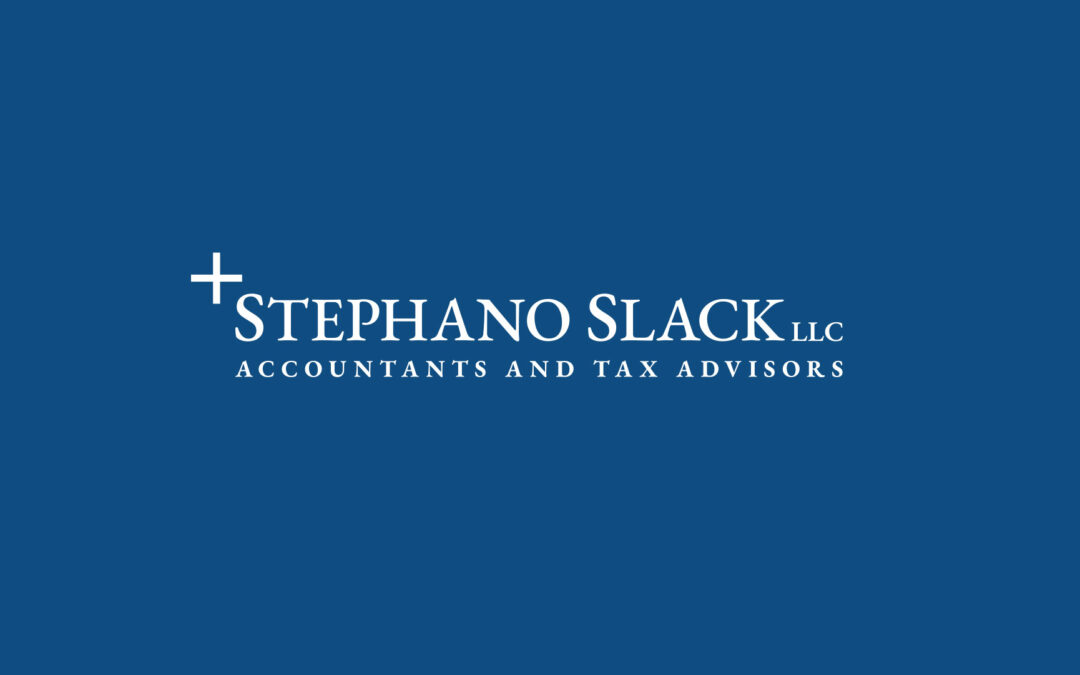The Why:
Stakeholders indicated that hedge accounting requirements in current GAAP sometimes do not permit an entity to properly recognize the economic results in its financial statements. Entities wanted something that would better facilitate financial reporting that would more closely reflect their risk management activities. Generally, disclosures in financial statements related to interest rate swaps were difficult to understand. People wanted to assist the end users of their financials to better understand their risk exposures and how certain hedging strategies are used to manage said exposures.
The When:
FASB issued ASU 2017-12 in August of 2017. The ASU becomes effective for public business entities with fiscal years beginning after December 15, 2018, and interim periods therein. For all other entities, the ASU becomes effective for fiscal years beginning after December 15, 2019, and interim periods within fiscal years beginning after December 15, 2020. For this particular ASU, the FASB has permitted early adoption to allow companies to get a head start on figuring out how this can help them better report financially on their hedging activities.
The What:
With respects to this ASU, there have been some areas of interest that haven’t changed, as well as areas that have changed significantly. Things that haven’t changed with this new ASU include: the “highly effective” threshold, which helps entities figure out whether there is a benefit to the hedge and relevant offsetting of changes of fair value; the benchmark interest rate concept for fair value hedges, which means the minimum interest rate that investors will demand for investing in non-Treasury securities; timing – preparation of all hedge documentation must still be done on time! Lastly, voluntary hedge de-designations, which really just means entities must not discontinue hedge accounting by revoking the designation of the hedging relationship and “calling it something it’s not” to avoid the disclosure altogether.
The main provisions of this new ASU are to align risk management activities and financial reporting. This will help for more effective presentation on financial statements, and the expansion of accounting for non-financial and financial risk components. Additionally, ideas that are considered include risk component hedging (cash flow hedges), and accounting for the hedged item in fair value hedges of interest rate risk. One last thing – when it comes to disclosure modification, tabular disclosure related to the effect on the income statement of fair value and cash flow hedges, this will eliminate the requirements to disclose the ineffective portion of the change in fair value of hedging instruments. It will also require new tabular disclosure related to the cumulative basis adjustments for fair value hedges.
Feel free to contact me or any of our accounting professionals for questions on what this new ASU means for your company!
Matt Kardish
610-687-1600



Recent Comments